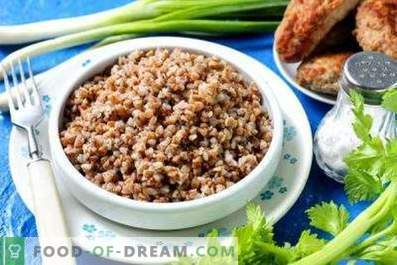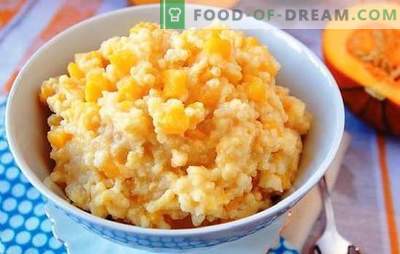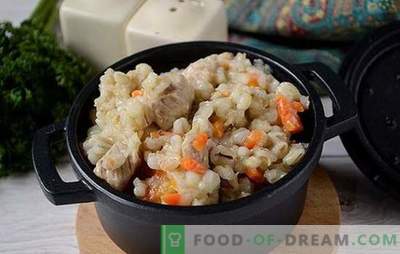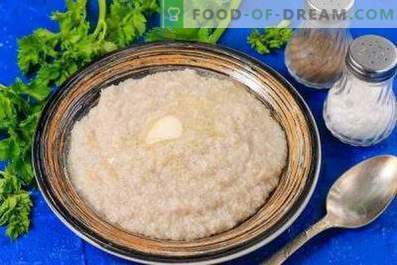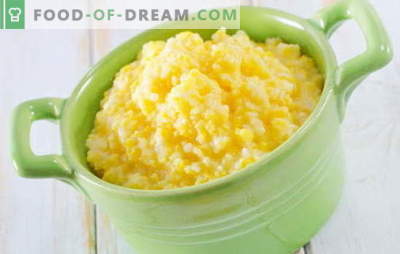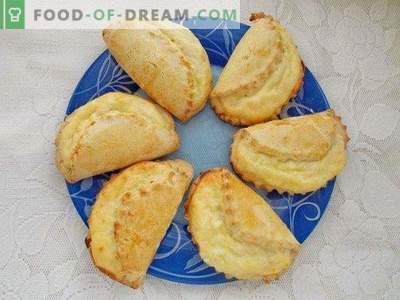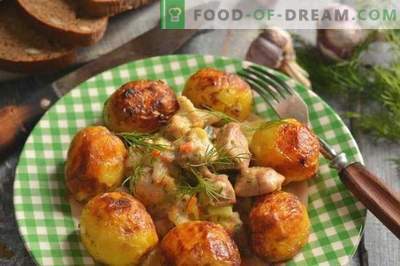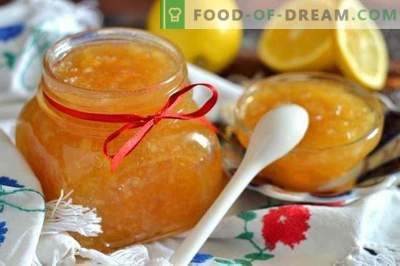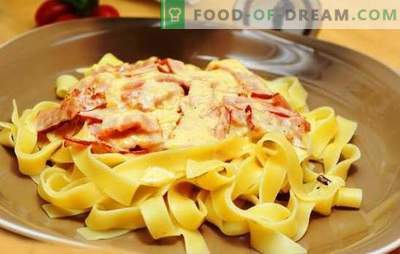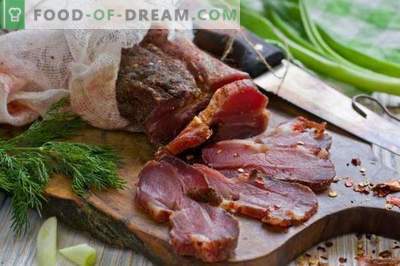
Indeed, which porridge is better? And how to define it? Taste? But the taste and color of comrades is not. Yes, and the taste of cereal depends on the skill of the hostess (cook).
If the best porridge is determined by the protein content in the cereal, then the first six places will be taken by the following cereals: buckwheat - 12.6%, millet - 12.0%, oatmeal - 11, 9, barley 10.4 , barley - 9.3%, corn. However, the statement that if there is more protein in the cereal, then cereal from this cereal is more valuable will not be true. It is also necessary to assess the digestibility and usefulness of protein grains. To assess the digestibility and usefulness of a protein, the following indicator is used — the percentage of protein utilization. Studies have given the following result. In terms of protein utilization, the first six porridges will look like this: buckwheat- 45%, oatmeal- 44, rice 41%, semolina -38%, millet- 32%.
As a result, the undisputed leader is buckwheat cereal (the protein content in cereal is 12, 6%, the percentage of porridge protein digestibility is 45%). And cereals from such cereals as barley, barley and corn do not fall into the top six. If we compare buckwheat and millet, we see that the percentage of protein in these grains is almost the same, but the protein of millet is much worse utilized. However, here too it’s too early to put an end. For the utilization of porridge protein will largely depend on the skill of the hostess (cook) and the method of cooking porridge. And what will we get if we compare cereals by energy value? Here, all the grains are almost flush (310-35 kcal per 100 grams).
What about vitamins? According to this indicator, buckwheat Zadaritsa is in front of, lagging behind is semolina.
If we evaluate the cereals by mineral composition, then all the cereals have significant drawbacks:
- acidic elements prevail;
- the ratio of calcium and phosphorus compounds in cereals is far from optimal values.
What do we have in the end? Porridges are high-calorie meals, an important source of protein, but proteins are inferior, a number of important amino acids are missing.
And now what i can do? Yes, everything has already been invented by our ancestors, who since ancient times have combined cereals with other available products - milk, fish, liver, cottage cheese. You just need to know what kind of cereal, with what to combine. So milk goes well with buckwheat (everyone knows buckwheat cereal with milk). For millet, combinations with cottage cheese, egg or liver are successful (a casserole of millet porridge with cottage cheese and an egg).
Cereals are often combined with vegetables. An example of such a combination is millet porridge with pumpkin.
